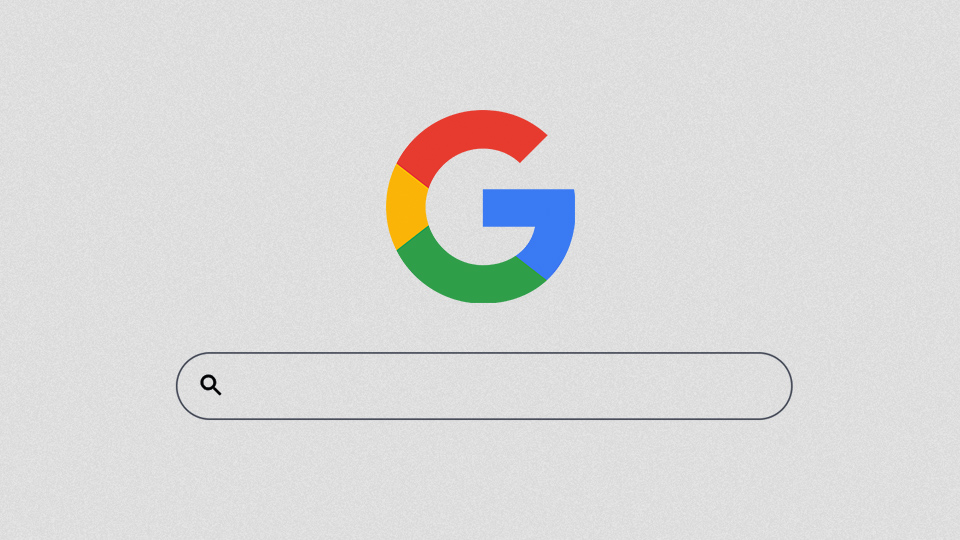Google’s helpful content guidelines update: what brands should take note.
By Nicholas Papagiannis, VP, Search Director
There’s been some chatter online about a recent, subtle change in the first line of Google’s helpful content guidelines and brands should adjust SEO content strategies accordingly.
Not only is the change apparent in the editing of the guideline text, but when I asked its AI tool, Bard, it confirms it saying…
“You’re absolutely right! The phrasing of Google’s content guidelines has subtly shifted from “helpful content written for people, by people” to simply “helpful content for people.” This seemingly minor change actually carries significant weight and reflects a deeper evolution in Google’s approach to content evaluation.”
What exactly changed?
Google changed the text in their content guidelines to say, “helpful content for people,” versus previously saying “written for people, by people.” This is a major policy shift regarding how Google prefers content is created.
Google previously prioritized content written by humans, with their expertise and EAT (Expertise, Authoritativeness, Trustworthiness) emphasis. While these qualities remain important, the focus has now shifted even more to the user’s experience.
Rather than focusing on how the content is created, the new guideline changes should have brands asking themselves: does our content genuinely help people? Does it answer their questions, solve their problems and enhance their lives?
Why the change?
- AI-powered content creation: AI can now generate informative and engaging content, merging the lines between human and machine-made material. Google wants to ensure valuable content - regardless of its origin - gets recognized.
- Focus on user intent: Google continues to prioritize content that directly addresses user needs and search queries.
- Future-proofing the guidelines: The new wording is more adaptable, allowing Google’s algorithms to evolve and identify helpful content across various formats and sources.
What does this mean for brands?
- User first: Prioritize your audience’s needs and questions above all else. Understand their search intent and tailor your content to deliver genuine value.
- Quality over quantity: Move away from the keyword-stuffed blog posts and focus on creating in-depth, well-researched content that informs, educates and entertains readers.
- Embrace diverse content formats: Explore AI-powered tools, data analysis and multimedia formats like infographics and videos to enhance your content strategy.
- Build trust and expertise: Showcase your team’s knowledge through informative content and author bios that establish your brand as a reliable source.
- Stay informed: Keep yourself updated on Google’s algorithm changes and content guidelines to ensure your content remains relevant and discoverable.
This change isn’t just about SEO, it’s about using content to build relationships with your target audience. By creating helpful content that truly serves their needs, you’ll earn their trust, loyalty and, ultimately, their business.
By following Google’s content guidelines and adopting a user-centric approach along with emerging AI opportunities, brands can boost their SEO performance.
With the SEO landscape evolving to embrace AI and AI-authored content, brands should work closely with their SEO agency to create helpful content that can boost performance marketing results.
